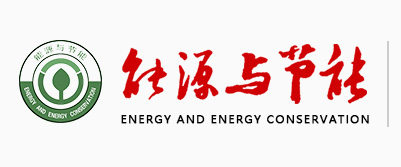202207
燃烧后CO2捕集工程的经济分析及展望
宋秉懋
(中国石油大学(北京),北京 102249)
摘要: 随着绿色、低碳、减排的发展理念和“双碳”目标的提出,CCUS 作为实现深度节能降碳的重要技术,已成为
当今国内外各行各业关注的焦点。一发电企业新建设“1.5×105 t/a 燃烧后CO2捕集和封存全流程示范工程(简称CCS 工
程)”,是目前国内规模最大的燃煤电厂燃烧后CO2捕集-驱油/封存全流程示范工程。通过同类工程的比较和经济分析,
认为此1.5×105 t燃煤电厂CCUS 改造工程是可能盈利的。要想获得低成本、低能耗和安全可靠的CCUS 技术,开发低能
耗的新型胺液吸收技术或者膜分离法,研发、优化CO2管道输送材料和开发新型的CO2能源化利用路径,相关政策的完
善和各方化石能源企业的协同,成为了同类燃煤电厂CCUS 技术改造的研究重点与发展方向。
关键词: 燃煤电厂;二氧化碳捕集利用与封存;碳减排;驱油
中图分类号: TM621 文献标志码: A 文章编号: 2095-0802-(2022)07-0082-03
Economic Analysis and Prospect of CO2 Capture Project after Combustion
SONG Bingmao
(China University of Petroleum (Beijing), Beijing 102249, China)
Abstract: With the proposal of the development concept of green, low-carbon and emission reduction and the "double carbon"
target, CCUS, as an important technology to achieve deep energy conservation and carbon reduction, has become the focus of all
walks of life at home and abroad. A power generation enterprise newly built the "1.5×105 t/a post combustion CO2 capture and
storage whole process demonstration project" (hereinafter referred to as CCS project), which is the largest post combustion CO2
capture-oil displacement/storage whole process demonstration project of coal-fired power plants in China. Through the comparison
and economic analysis of similar projects, it is considered that CCUS reconstruction project of 1.5×105 t coal-fired power plant is
likely to be profitable. In order to obtain CCUS technology with low cost, low energy consumption, safety and reliability, develop
new amine liquid absorption technology or membrane separation method with low energy consumption, develop and optimize CO2
pipeline transportation materials and develop new CO2 energy utilization path, improve relevant policies and cooperate with fossil
energy enterprises of all parties. It has become the research focus and development direction of CCUS technical transformation of
similar coal-fired power plants.
Key words: coal fired power plant; carbon dioxide capture, utilization and storage; carbon emission reduction; oil displacement


